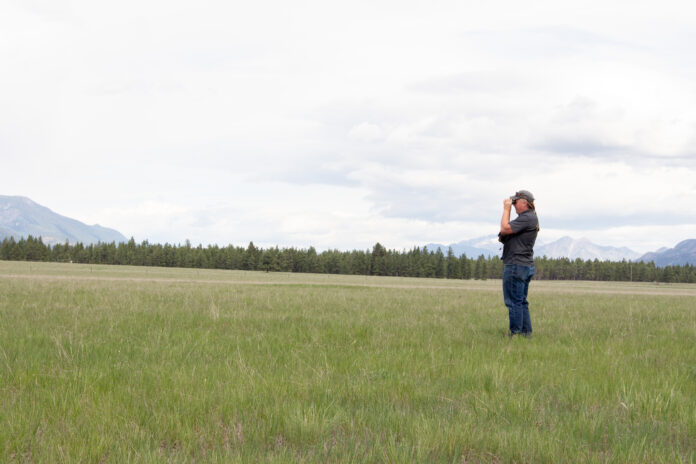More grassland habitats in the East Kootenay will be protected under a new conservation area near Cranbrook.
The Nature Conservancy of Canada (NCC) has acquired 270 hectares in the Skookumchuck Prairie area, which contains valley-bottom grasslands, open forests and wetlands.
“The Skookumchuck Prairie lies in a key biodiversity area that’s surrounded by crown land wildlife habitat areas,” said Richard Klafki, NCC Canadian Rockies program director.
“Having 270 hectares of dry open forest grasslands in the interior Rocky Mountain Trench is pretty critical.”
The region plays host to a wide variety of endangered and at-risk species, such as the American badger, long-billed curlew and Lewis’s woodpecker
“Long-billed curlew is listed as special concern due to the loss of grassland habitat used for breeding. Skookumchuck Prairie Conservation Area contains multiple nesting territories for the species,” said the NCC.
“The federally threatened Lewis’s woodpecker nests in cavities within large trees, like those found in this landscape, and a breeding population of this species is present in the area.”
This conservation area lies in the traditional territory of the Ktunaxa Nation and the Secwépemc (Shuswap Band), and features sparse tree stands with Ponderosa pine and some Douglas-fir, open grasslands and some wetland habitats.
“It’s critical for wintering ungulates. With lots of declining winter range, preserving this property for ungulates and all the other at-risk species is a real win for conservation in the East Kootenay,” said Klafki.
In the year ahead, the NCC will take stock of the property and come up with a management plan.
“We’re going to conduct a baseline inventory and see what the ecological values are,” said Klafki. “We’ve been researching with grassland experts to see if livestock grazing in the fall can actually enhance the long-billed curlew’s spring nesting habitat.”
The management plan will be created through consultation with experts, ranchers and the Ktunaxa Nation.
“This project was funded in part by the Government of Canada through the Natural Heritage Conservation Program, part of Canada’s Nature Fund,” said NCC officials. “Private donors also contributed to this project, including the Rosenfeld Family Fund.”
Be the first to know! Don’t miss out on breaking news and daily updates in your area. Sign up to MyEastKootenayNow News Alerts.



